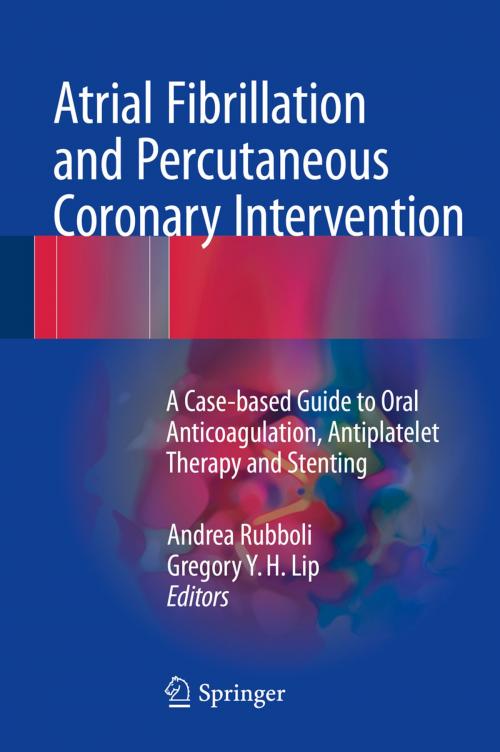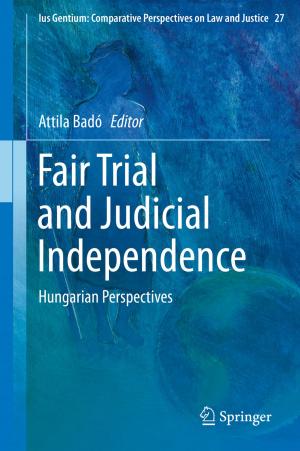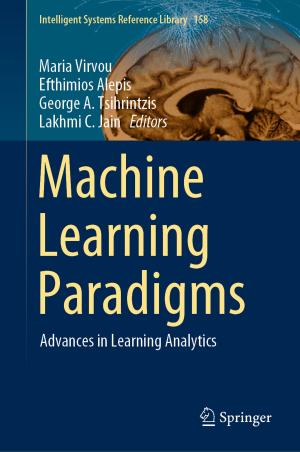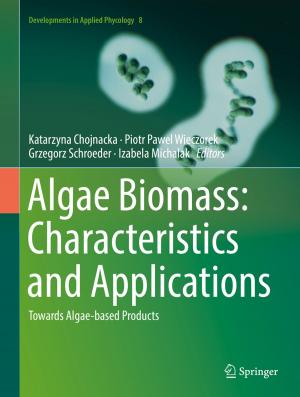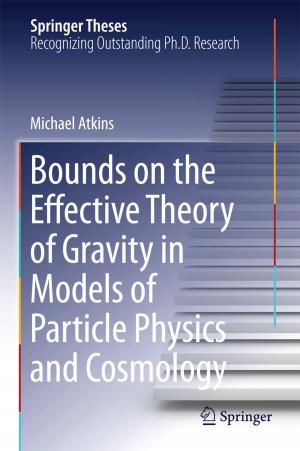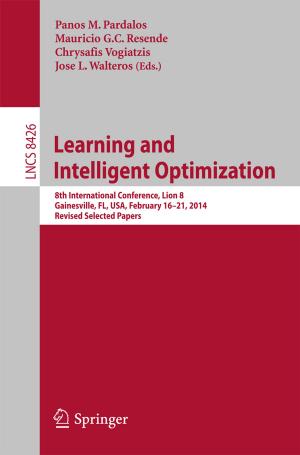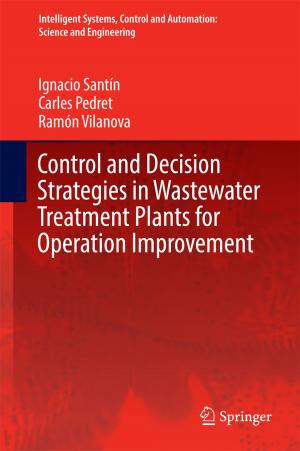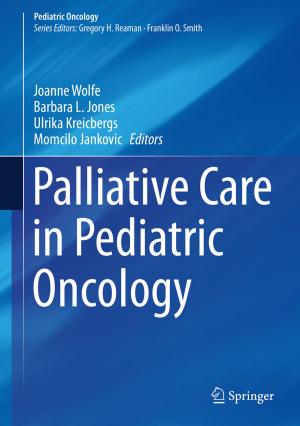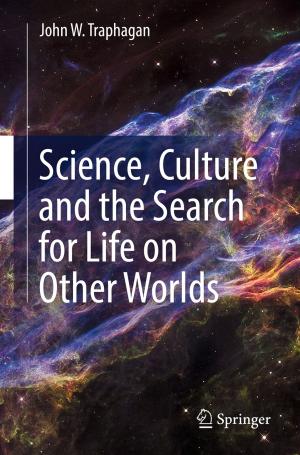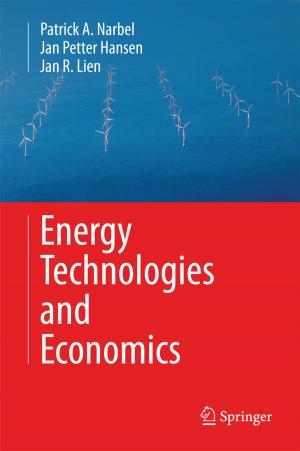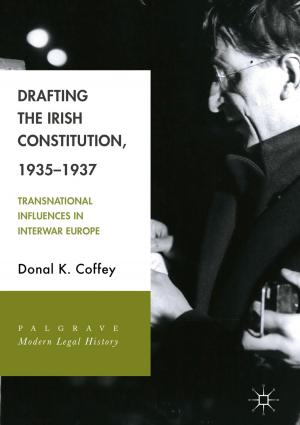Atrial Fibrillation and Percutaneous Coronary Intervention
A Case-based Guide to Oral Anticoagulation, Antiplatelet Therapy and Stenting
Nonfiction, Health & Well Being, Medical, Surgery, Thoracic, Specialties, Internal Medicine, Cardiology| Author: | ISBN: | 9783319424002 | |
| Publisher: | Springer International Publishing | Publication: | November 30, 2016 |
| Imprint: | Springer | Language: | English |
| Author: | |
| ISBN: | 9783319424002 |
| Publisher: | Springer International Publishing |
| Publication: | November 30, 2016 |
| Imprint: | Springer |
| Language: | English |
This book considers paradigmatic clinical cases in order to cast light on key issues relating to elective or emergency stent implantation and the use of oral anticoagulation (OAC) in patients with atrial fibrillation. The topics addressed include the optimal periprocedural antithrombotic treatment (uninterrupted vs interrupted OAC, intraprocedural use of heparin and glycoprotein IIb/IIIa inhibitors, etc.), the most appropriate type of stent (bare metal vs drug eluting vs “bioactive”), the optimal regimen (e.g., triple therapy of OAC, aspirin, and clopidogrel vs the combination of OAC and a single antiplatelet agent), and the most suitable duration of the antithrombotic treatment prescribed at discharge (1 vs 6–12 months).
The case-based management recommendations will be of wide practical value in the current health care context, where percutaneous coronary intervention is available even to patients with relevant co-morbidities, such as those warranting long-term OAC, and the indications for OAC are much broader than in the past. The book will appeal especially to clinical and interventional cardiologists, internal medicine specialists, hematologists, and family physicians and will also be of interest to cardiology and internal medicine residents and fellows.
This book considers paradigmatic clinical cases in order to cast light on key issues relating to elective or emergency stent implantation and the use of oral anticoagulation (OAC) in patients with atrial fibrillation. The topics addressed include the optimal periprocedural antithrombotic treatment (uninterrupted vs interrupted OAC, intraprocedural use of heparin and glycoprotein IIb/IIIa inhibitors, etc.), the most appropriate type of stent (bare metal vs drug eluting vs “bioactive”), the optimal regimen (e.g., triple therapy of OAC, aspirin, and clopidogrel vs the combination of OAC and a single antiplatelet agent), and the most suitable duration of the antithrombotic treatment prescribed at discharge (1 vs 6–12 months).
The case-based management recommendations will be of wide practical value in the current health care context, where percutaneous coronary intervention is available even to patients with relevant co-morbidities, such as those warranting long-term OAC, and the indications for OAC are much broader than in the past. The book will appeal especially to clinical and interventional cardiologists, internal medicine specialists, hematologists, and family physicians and will also be of interest to cardiology and internal medicine residents and fellows.
